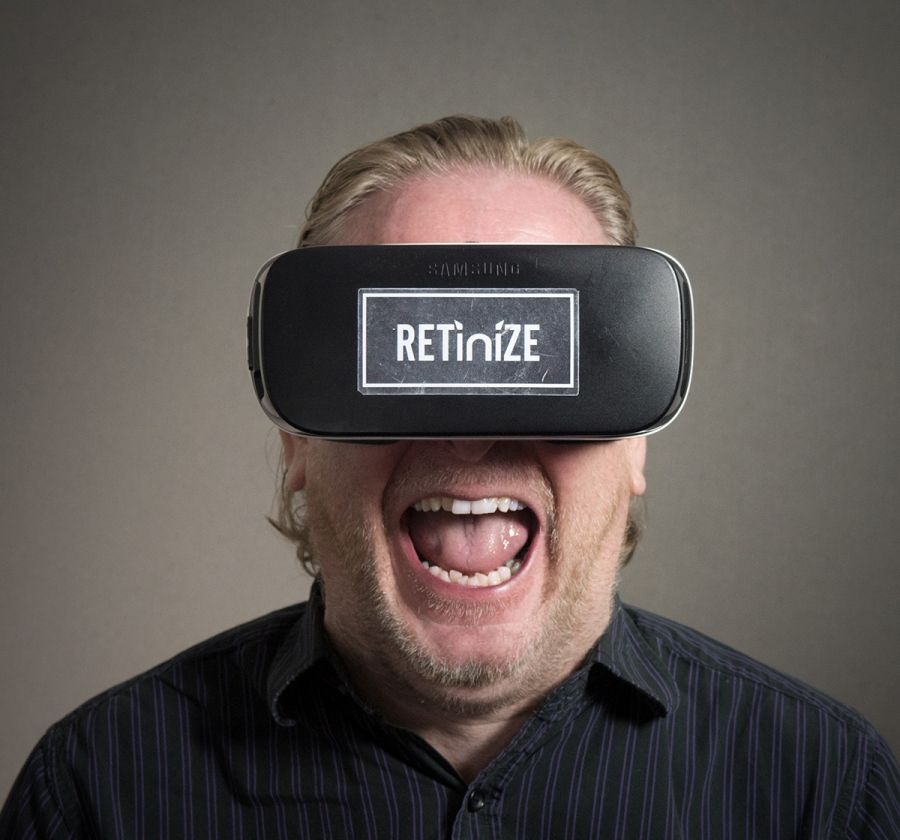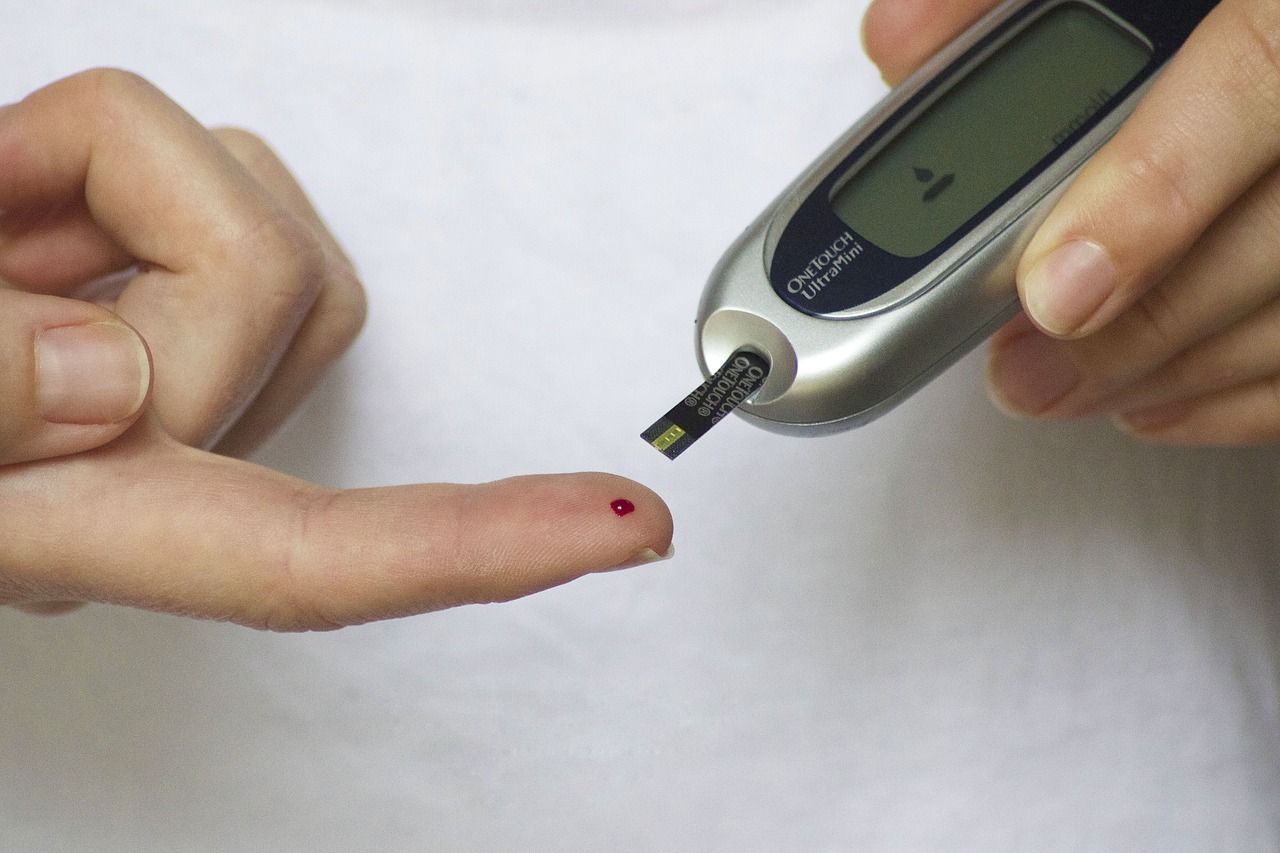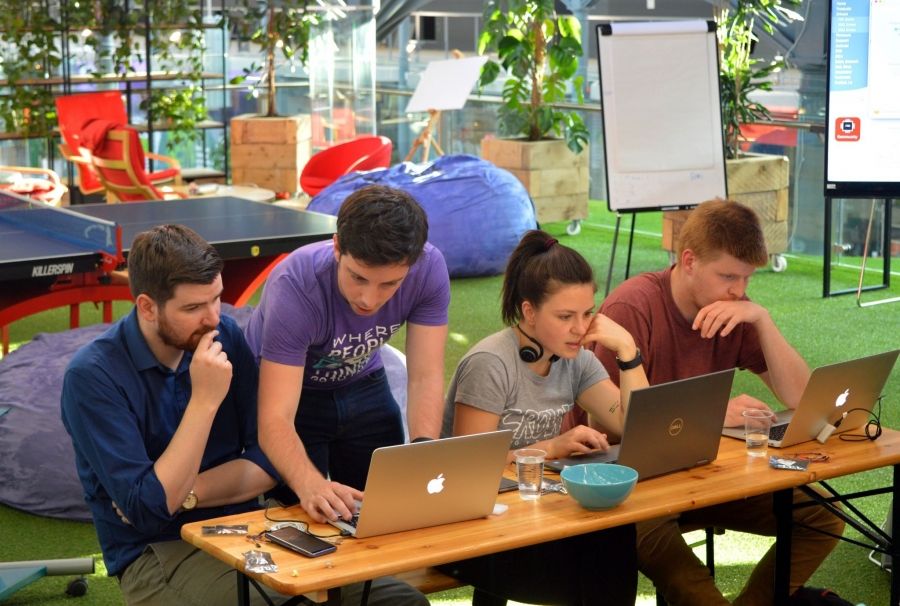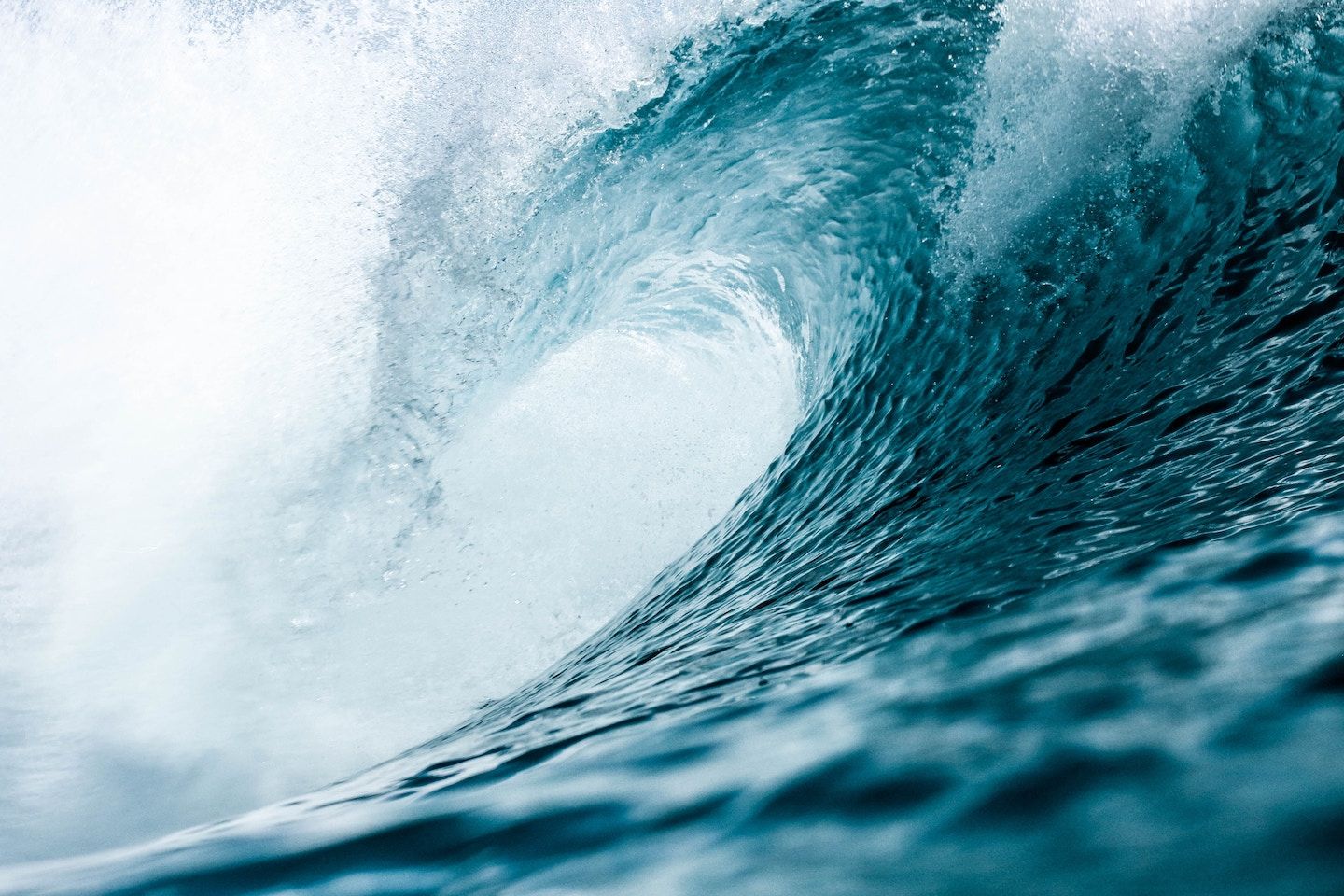Leading Belfast VR filmmaker immerses us in his world
Nearly five years ago, the BBC’s largest indigenous supplier of network TV productions in Northern Ireland, Wild Rover, turned its attention to […]
May 14, 2018

Nearly five years ago, the BBC’s largest indigenous supplier of network TV productions in Northern Ireland, Wild Rover, turned its attention to VR (virtual reality).
“VR is the most exciting medium to launch in our lifetimes,” explains RETìníZE founder Phil Morrow. “I knew the most fun would be had by the people who got in first.”
Phil practices what he preaches – he tells me he plays “chess with my son in San Francisco over VR. If the people who invented photography knew about VR first, they’d have invented VR.”
Phil’s energy for VR is contagious, but he’s realistic. “VR isn’t for everything,” he says. “To become experts in this medium, we’ve spent the past four years learning what VR was good at and not good at.”
Phil explains that RETìníZE produces “short films, narrative films, documentaries, and commercial work.” They specialise in cinematic (photographed) VR.
As one example of a corporate project, RETìníZE filmed a VR experience at BMW’s plant in Cowley. Visitors aren’t allowed to enter the space where the Minis are painted – so to show this part of their production line, BMW wanted people to experience it in VR.
“It was very colourful – lots of robots and lots of technical challenges to shoot,” Phil said.
I could see that I was speaking to an absolute expert, so I wondered: What are the challenges? What’s different about shooting VR to normal film?
Phil said, “You have to carefully consider where to put your cameras. The shot is 360 degrees, so everything and everyone in the space will be visible in shot. There are massive issues around lighting because you need all angles and directions illuminated. With a fast moving production line like at BMW, you don’t want your kit to get trashed. A shooting rig may contain 24 cameras and you have to consider the exposure of each one.”
There’s painstaking post-production work involved with creating VR, I found out.
“We have to stitch the left-eye and right-eye images together into two seamless spheres – this is particularly difficult with moving images. We are gradually developing the skills to achieve this,” he said.
There are special considerations around how the VR will be experienced. It turns out that being relatively short or tall can affect your experience of VR.
Phil said, “If we position the camera six feet above the ground, a shorter person experiencing the VR may feel very high up and insecure.”
That made me wonder. I recently heard one of the leading VR figures at Stanford University say he thought the scariest thing about VR is that people will bump into things, be distracted while using VR – or maybe even drive while using it.
“Like all mediums, there’s a process of assimilation for VR,” said Phil. No medium has ever completely overtaken any previous medium. We still draw pictures, read books, listen to the radio and go to the movies. Every medium has some things it does best and VR is an artistic medium in its own right. We’re keen to engage with artists to explore the potential of this new space.”
What’s exciting in VR at the moment?
“There are a bunch of new headsets coming out that will change the landscape. Among these are Magic Leap’s MR glasses, the Oculus Go and Santa Cruz, the Vive Pro – it’s really encouraging.”
How will VR transform the arts?
“People often think of VR as the child of film & TV, but in many ways theatre is a closer cousin. To direct a viewer’s attention in VR you can’t just cut to a close-up – and it’s the same with theatre. Theatre directors have become experts at making sure the audience is looking in the right place, at the right time,” he said.
“VR can take you somewhere you’ve never been – it can place you in the best seat in the house and a stage show captured in VR can be sold internationally, driving additional revenue and giving the performance a much longer tail.”
“Or the latest Manchester United game could be experienced not only by the 80,000 people in the stadium, but by millions of paying VR viewers around the globe, who can enjoy the match live from the centre of the stand.”
Are you courting investors?
Phil said, “So far we haven’t had to look for funding. We have a core team of six as well as a huge number of freelancers on individual projects. We do expect to look for funding for specific projects in the future.“



